Customer Support
We're here to help! Email us anytime at support@wildlifethreads.com
Customer Support
We're here to help! Email us anytime at support@wildlifethreads.com
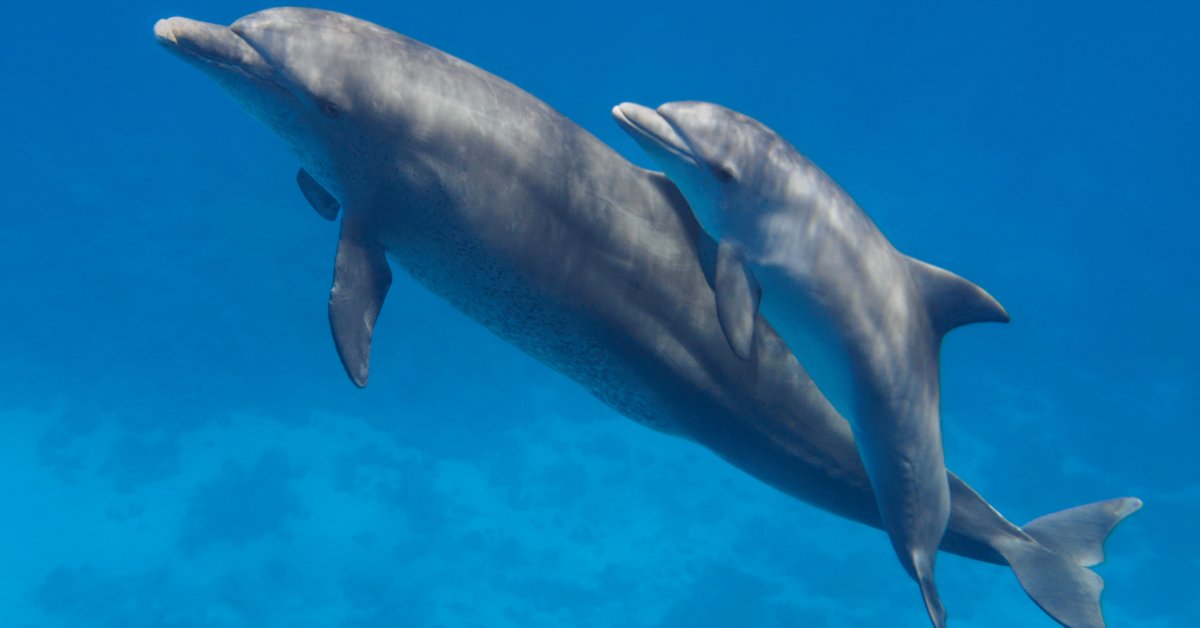
When we think of wildlife, we often marvel at the ferocious predators or the intricate dance of natural selection. Yet, one of the most touching aspects frequently overlooked is the profound maternal instincts displayed by wild mothers across various species. These maternal behaviors are not just fascinating—they are crucial for the survival and continuity of species. In this exploration, we dive into the world of “Wild Moms” to uncover how nature’s design ensures the nurturing and protection of the next generation.
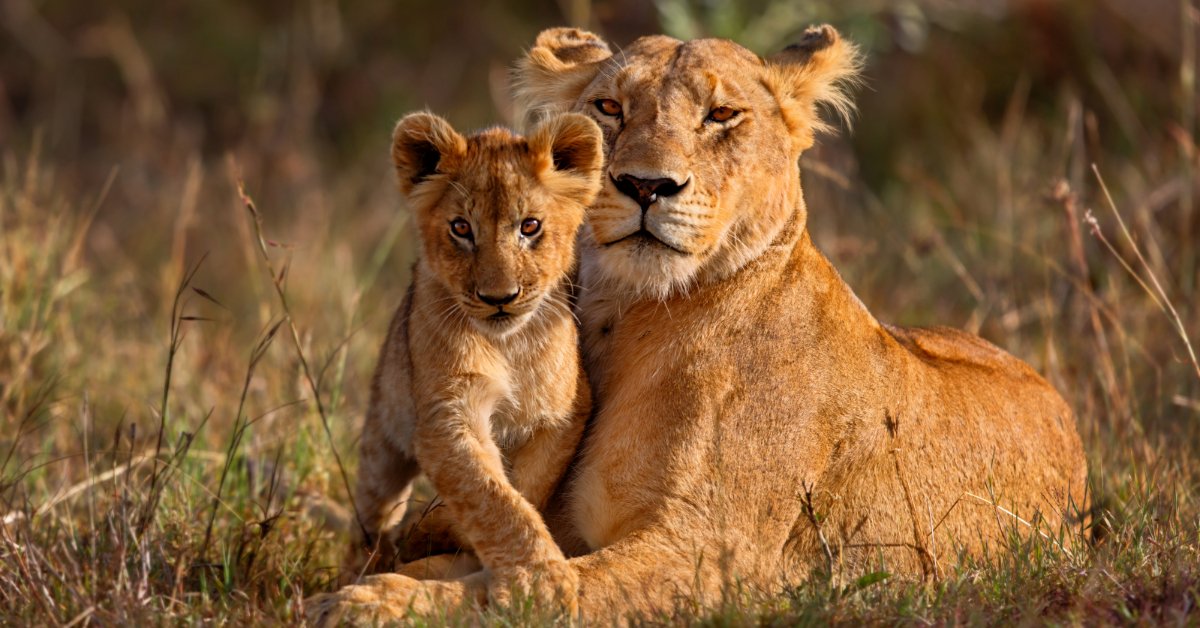
In the grasslands of Africa, lionesses are known for their maternal instincts and ferocity, making them the epitome of protective mothers. A lioness will fiercely guard her cubs against any potential threats, including male lions that may see the cubs as competition. This protective behavior is essential for the cubs’ survival, which is vulnerable in their early years.
Interestingly, lionesses often synchronize their reproductive cycles to ensure communal rearing of the young. This behavior amplifies the protective oversight with multiple adults looking for a larger brood, showcasing a rare example of collective parenting in the animal kingdom.
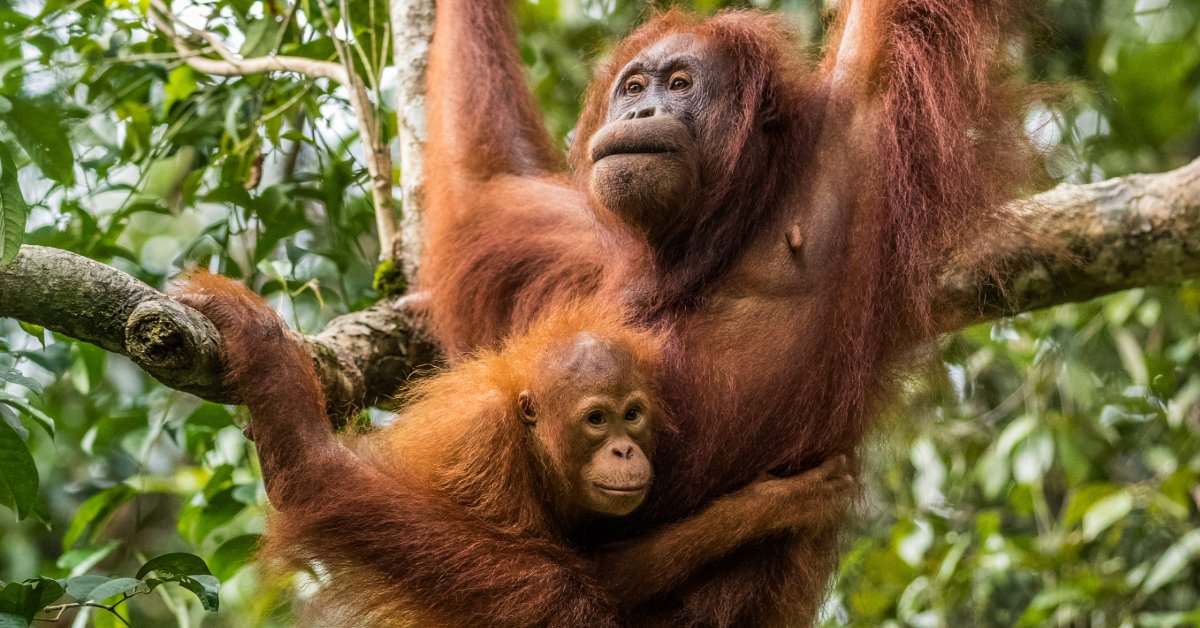
Orangutans spend most of their lives in the dense rainforests of Borneo and Sumatra, hanging from tree branches and building nests each night. For orangutan mothers, the bond with their offspring is profound. They are solitary by nature, except for their intense relationship with their young. An orangutan mother is everything to her baby: protector, teacher, and provider.
The learning period for a young orangutan is lengthy, often extending up to eight years. During this time, the mother teaches vital skills like foraging, nest building, and navigating the complex forest canopy—skills essential for survival.
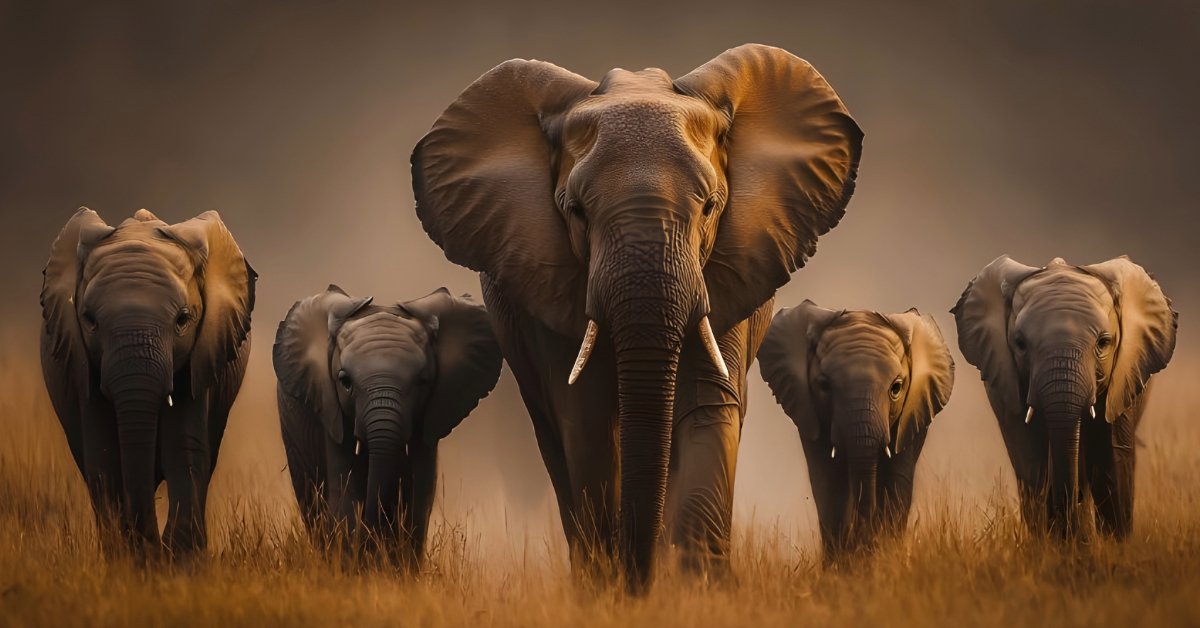
Elephants are renowned for their intelligence and complex social structures centered around a matriarchal hierarchy. Within these herds, the older females, often grandmothers and aunts, play significant roles in raising the young, including their own offspring and occasionally orphaned calves.
The entire herd protects the young, illustrating the adage, “It takes a village to raise a child.” This communal care strategy significantly enhances the calves’ survival rates and strengthens the social bonds within the herd.
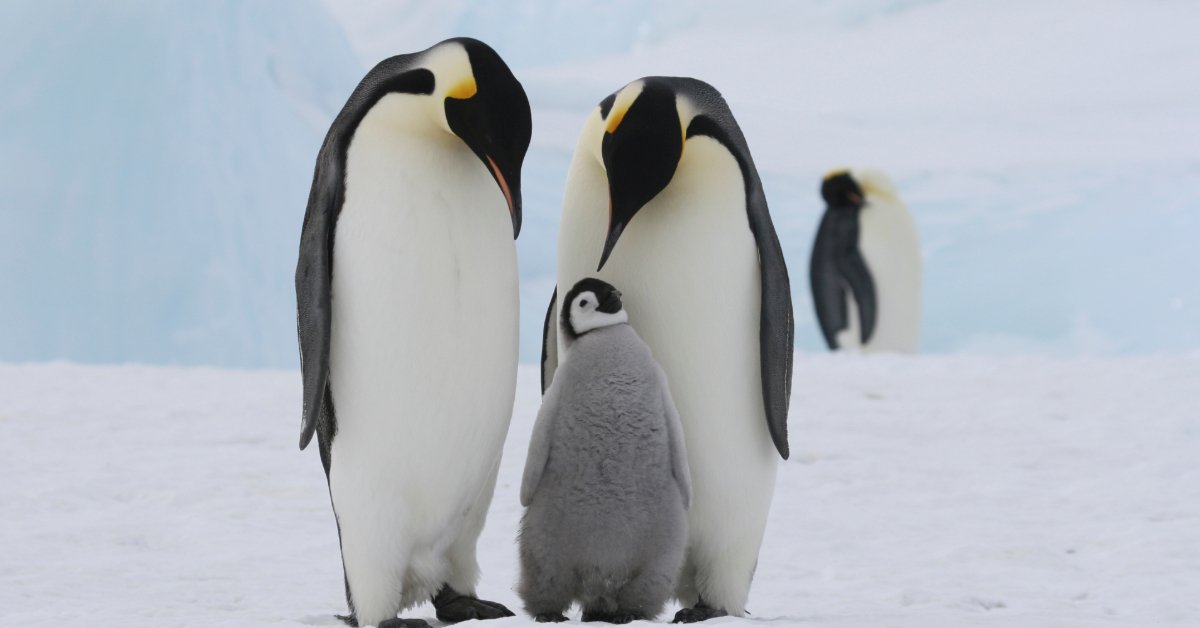
Emperor penguins face some of the harshest conditions on Earth. The female penguin lays a single egg and then embarks on a two-month feeding frenzy in the ocean, leaving the males to brave the Antarctic cold. The fathers balance the eggs on their feet, tucked under a flap of skin, until they hatch—an exemplary showcase of shared parental responsibility.
When the mothers return, they bring nourishment they’ve traveled thousands of miles to gather. This initial feeding is crucial and marks the beginning of several months of shared parenting, where both parents take turns feeding and keeping the chick warm.
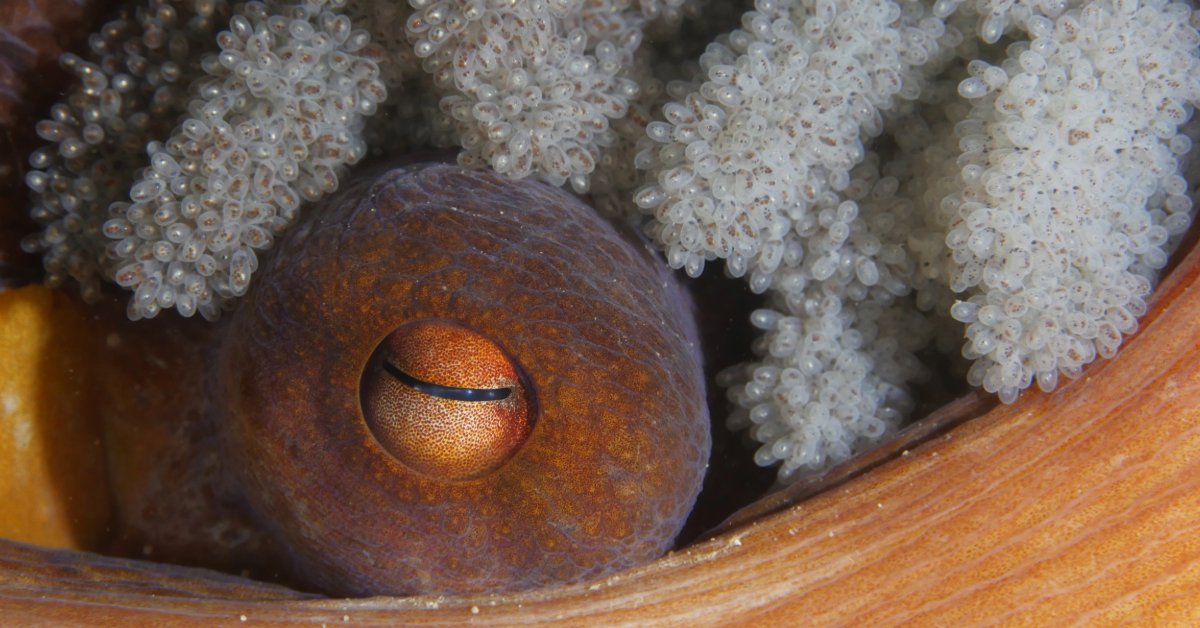
The life of an octopus mother is a poignant tale. After laying thousands of eggs, the female octopus is a vigilant protector, foregoing food to keep the eggs clean and oxygenated by constantly wafting water over them. This period of fasting can last for months, often until her death soon after the eggs hatch. Her sacrifice ensures the best start for her offspring in the vast ocean.

Dolphins are among the most intelligent creatures in the ocean. Dolphin mothers teach their young various survival skills, including using tools and complex social interactions. These lessons are vital as they navigate the intricate social structures of their pods.
In dolphin communities, calves often learn from their mothers and other adults and peers in a dynamic and interactive environment. This shared learning helps each calf develop the necessary skills to thrive in the ocean.
Occasionally, the maternal instinct transcends species boundaries, with documented cases of animals adopting and caring for the young of other species. These remarkable stories highlight the complexity and depth of animal emotions and challenge our understanding of nature’s instincts.
The maternal instincts of these wild mothers are not just heartwarming tales but crucial elements for the species’ survival. Understanding and appreciating these behaviors deepen our connection with the natural world and underscore the importance of conserving these habitats. Protecting these creatures ensures that future generations can continue to witness the remarkable “Wild Moms” of nature.
Discover art that speaks to you. Click on a category below to explore our curated collections on our Etsy store.